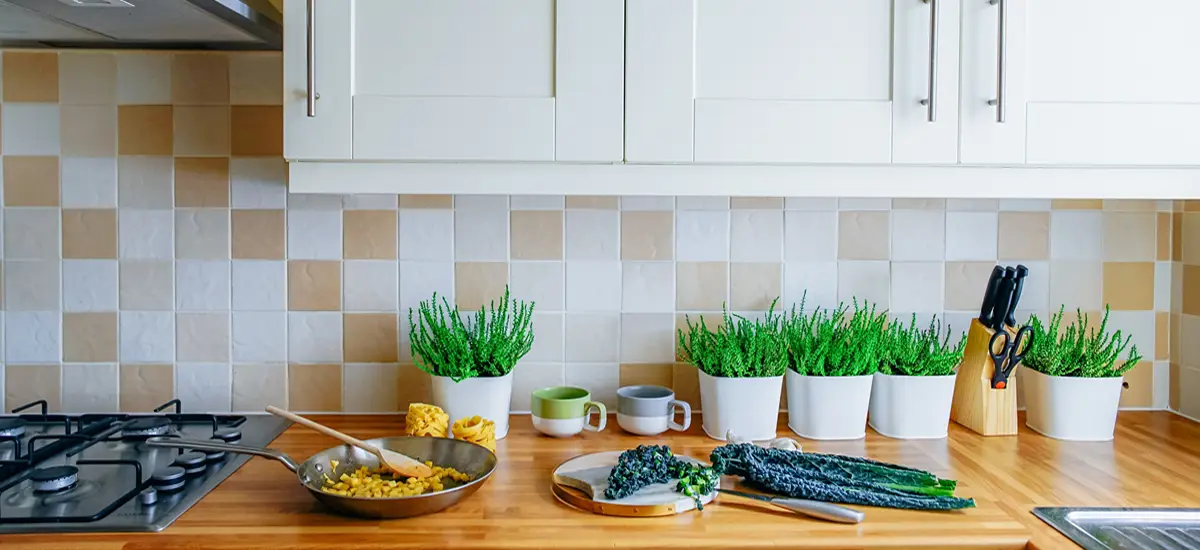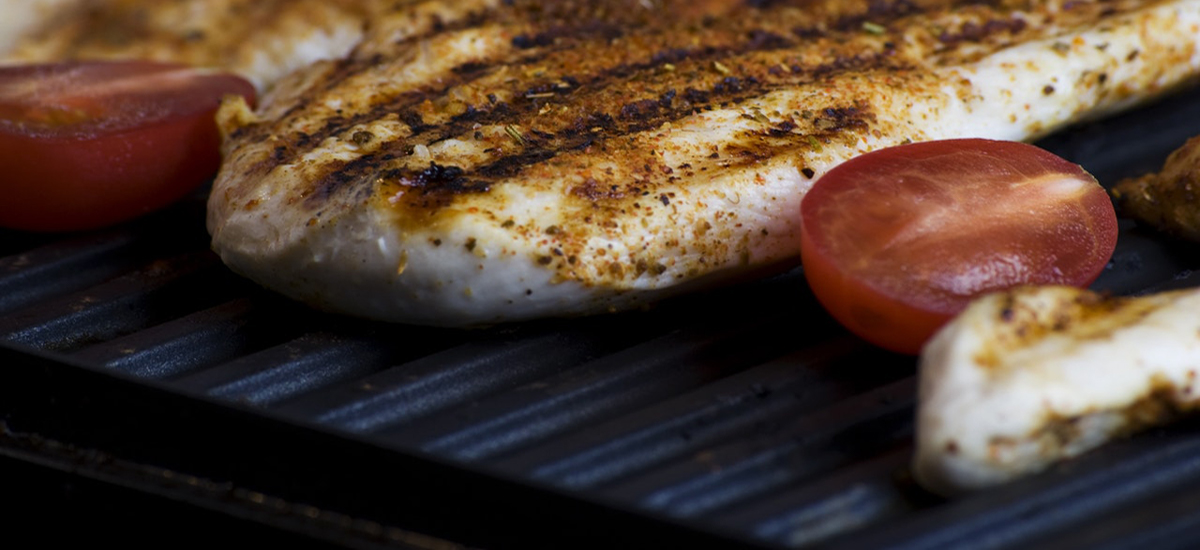

It’s probably the last thing on your mind at this time of year, but aside from regular exercise, your biggest ally in staying healthy is your kitchen. This is where you can control your diet and prepare delicious healthy food and, by keeping the kitchen free of germs and bacteria, you are doing your immune system a big favour and preventing some very nasty illnesses. Read on for a healthier 2019...
It all starts with shopping
When buying food, there’s an old saying that is pure gold – “don’t shop when you are hungry”. You will be tempted by evil and everything fatty, salty and sugary will land in your shopping cart before you know it.
Stock up on fresh, whole foods. You will be less inclined to order takeaway if there are easily prepared, delicious ingredients on hand. Farmers’ markets are great fun and tick all the healthy boxes by having organic, in-season, local produce – and they often have interesting items not available in supermarkets.
If you do have a few not-so-healthy treats, don’t leave them out where you are constantly tempted. Stuff them at the back of the cupboard and maybe you’ll forget they are there.
Tools and appliances
A slow cooker can be a great healthy investment as well as a handy time-saver. With just 10 minutes of preparation in the morning, you can come home to a delicious, nutritious meal. Make double the quantity and freeze the remainder – even easier.
Another healthy buy is a water filter. They are inexpensive and remove chlorine, fluoride and heavy metals from tap water.
If you are trying to avoid fatty foods, perhaps you don’t need the frypan. Use the grill for an oil-free meal or try dry-frying – place meat or fish in a cold non-stick pan without fat or oil over a low heat until some of the fat comes out, then increase the heat.

Cold comfort
Storing food correctly is vital. Check use-by dates, but remember that this changes when the package is opened. ‘High-risk’ foods – meat, poultry, seafood, dairy foods, eggs and smallgoods – must be refrigerated at or below four degrees Celsius.
Food-handling rules are all about discouraging the growth of bacteria. It’s important not to re-freeze food that has already been frozen and then thawed. Likewise, if you put hot food into the fridge or freezer, the outside will cool, but nasties will multiply in the warm centre. And don’t overload the fridge as the cool air needs to circulate to be efficient.
It’s a good idea to mount a search and destroy mission every week. Check what’s going on in there and toss out leftovers and tired old vegetables.
Keep it clean
A dirty kitchen can make you ill. It’s a playground for germs, bacteria and parasites. It’s great to get into the habit of washing your hands before and after preparing food, wipe up spills immediately, and keep the counter clean while you are working.
Cross-contamination is one of the most common forms of bacteria transfer and often happens when raw food, such as meat or poultry, comes in contact with other foods. Don’t ever reuse a container that has held raw food without washing it, and wash cutting boards and utensils that have been in contact with raw foods before using them for another purpose.
Disinfect surfaces regularly and watch that sponge. It can become a seething, squishy breeding ground for all things vile in no time. Rinse out after every use and squeeze dry, disinfect, and toss when you no longer like the look of it.


